When I think of deltas, I think of the Mississippi, the Amazon, and being from California the Sacramento Delta. But the Okavango is different. It is an inland delta rather than the sea level terminus of a major river. The source of water for the delta is the Okavango River with its head waters in the Angolan highlands. The river flows out on to the Kalahari Desert where it eventually disappears into the sand. This unique wetland is made up of channels, pools, swamps, thousands of tiny islands, and vast grasslands that come and go with the ebb and flow of the river. Most interesting was that the tiny islands were remnants of termite mounds. In fact wherever we went in the delta there were termite mounds.
Of course where there is water there is an abundance of life, and the Okavango was no exception. What I wasn’t expecting were the large mammals. I’ve decided that of all the animals we saw on our trip my favorite were the elephants. Their sheer size and strength was awe-inspiring. In a word they were magnificent. No matter how many times we saw them I always enjoyed a new encounter.
One day we were watching a couple of bull elephants from our jeep. All of a sudden one of them raised its head up, stretched out its trunk, and laid it up against a huge palm tree. The next thing we knew it was shaking the palm tree. The noise of the palm fronds shattered the peaceful quite of the delta as the top of the tree swept thru a huge arc. Dozens of nuts the size of baseballs began to fall. This went on for almost a minute. The big bull picked up the nuts, and started to eat them. The smaller bull came over and tried to join in, but the big guy chased him off. A few minutes latter the smaller bull came back, but his time with its head lowered as if in submission. The big bull let the smaller animal eat.
It is one thing to sit in a jeep sloshing through ponds and crossing rivers, but if you’re looking for a different kind of delta perspective the mokoro is the only way to go. A mokoro is the traditional dug out canoe that the natives use. The ones we used were made of fiberglass, but that didn’t make a difference. They were just as unstable. In fact there were a couple of times I thought we were going to end up as crocodile bait.
Our morning animal drive always began at 6:30 a.m. That may have been the bad news, but the good news was that we could view the sunrise. Our afternoon animal drive ended just after sunset. The African sunrises and sunsets were spectacular. We were so in awe that Lisa and I took over a hundred pictures of just the sunrises and sunsets.
-Tom Miller
Author of “The Wave” and “When Stones Speak”– Chuck Palmer Adventure novels
NOV


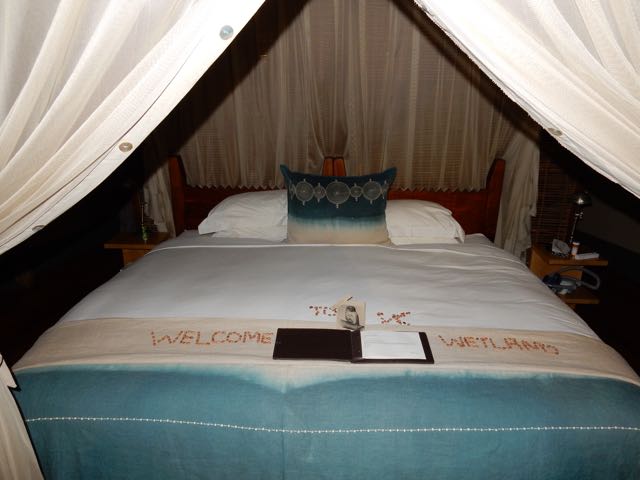

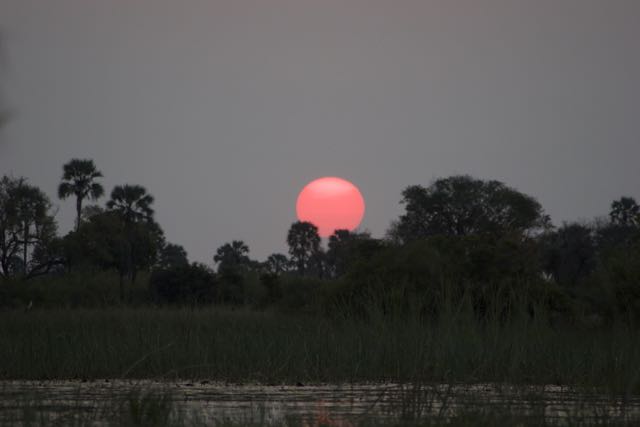




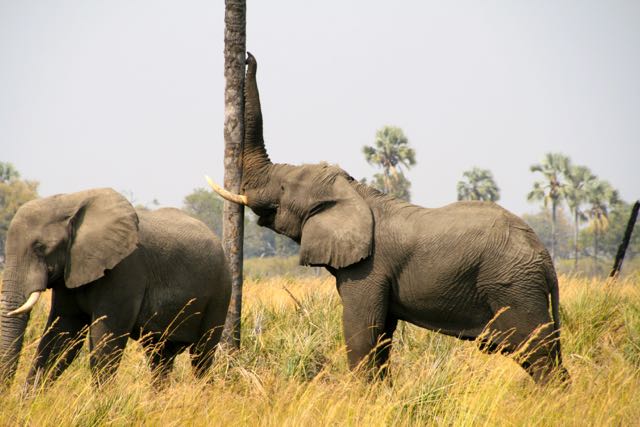
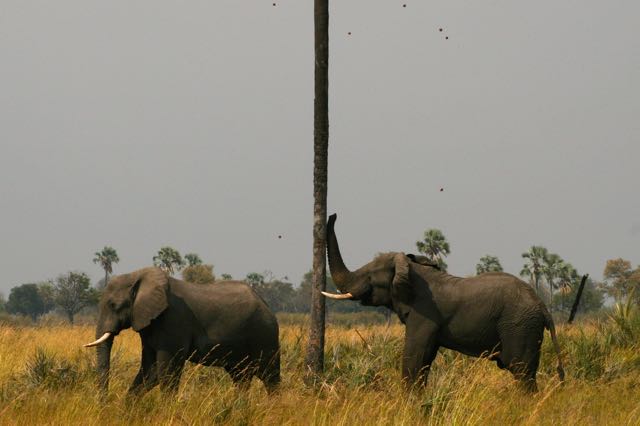
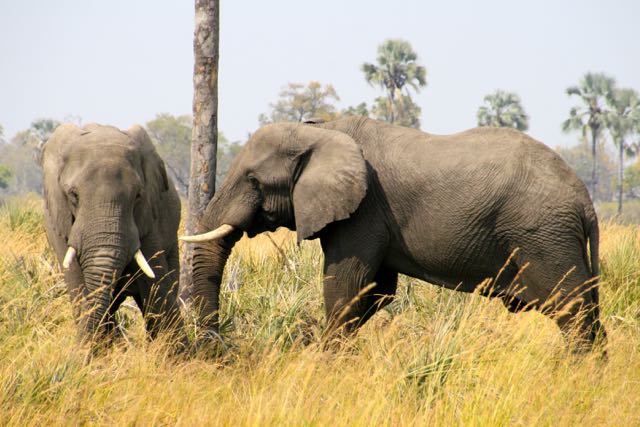

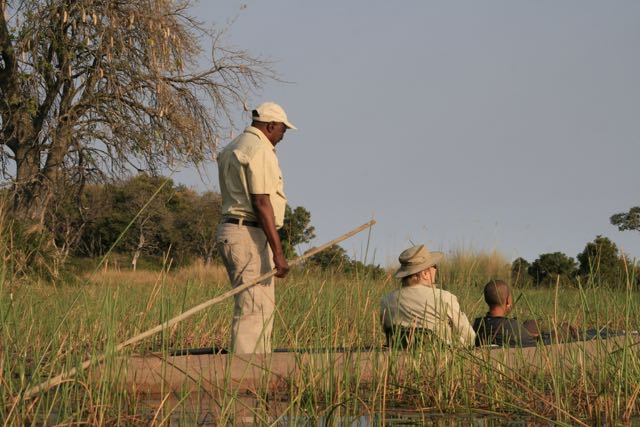
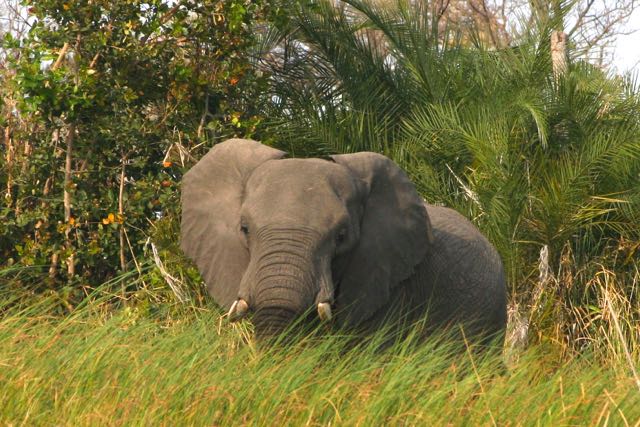





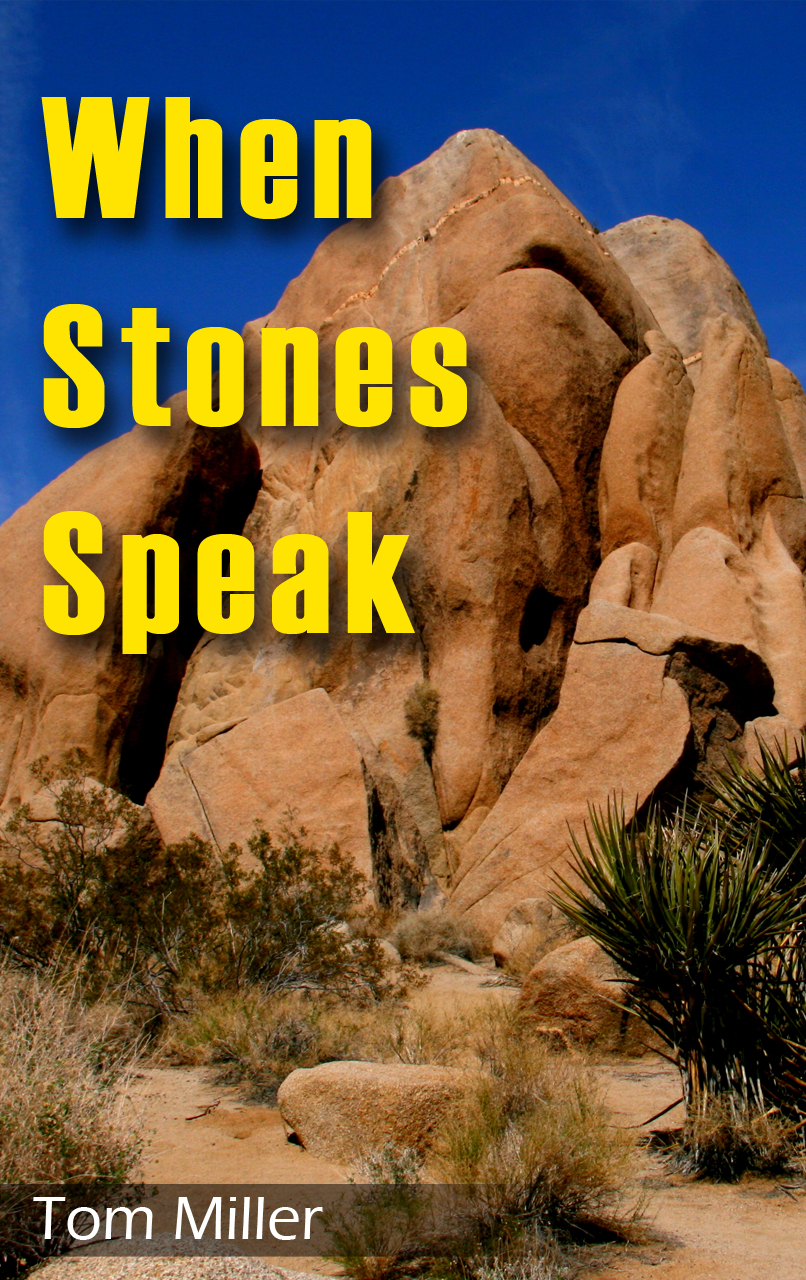
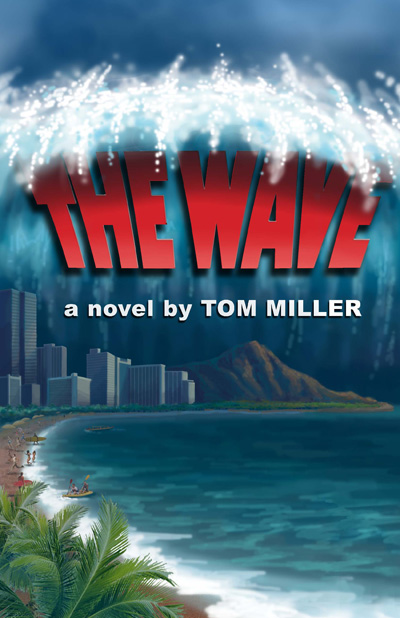
About the Author:
Tom Miller graduated from the University of Southern California with a Bachelor of Science in Geology. He is a consummate adventurer with over 1,000 dives as a recreational scuba diver, and an avid sailor who has traveled 65,000 miles throughout the Pacific including the Hawaiian Islands. Miller has also cruised the canals of Europe on his canal barge and given numerous lectures on cruising the canals of Europe, as well as sailing in the South Pacific. Piloting is also an interest of Miller's, and He has completed over 1,000 hours flying everything from small Cessnas to Lear jets.